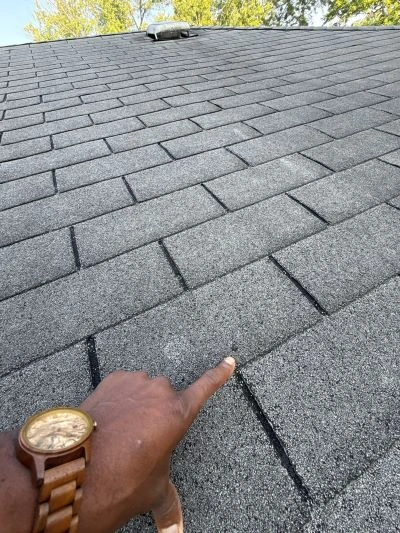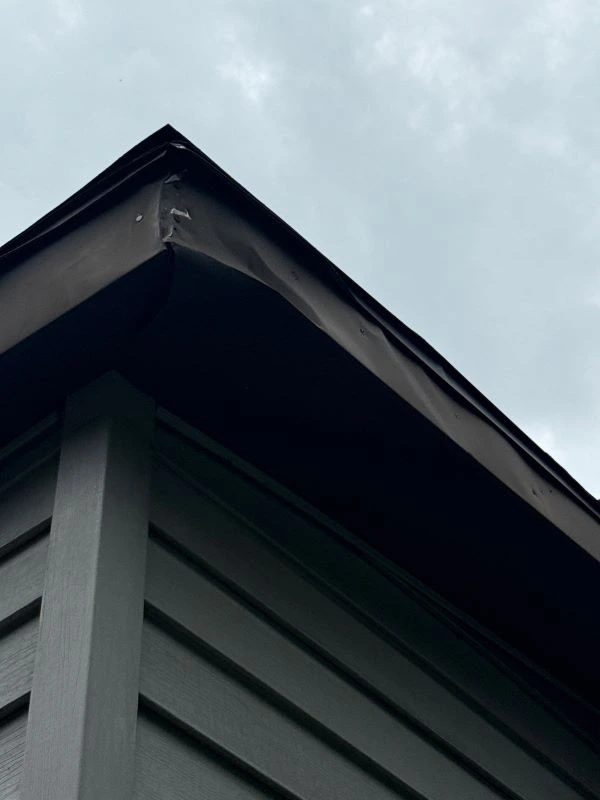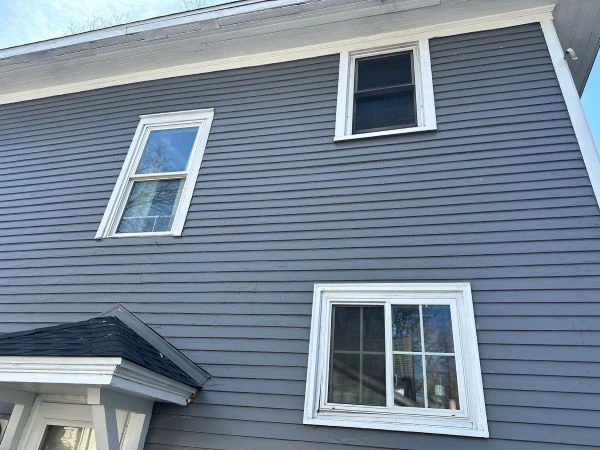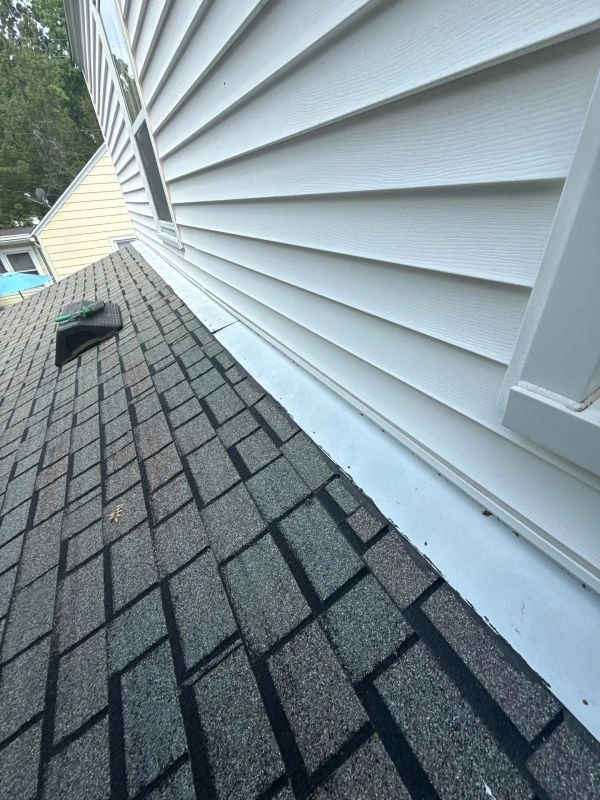Understanding Roofing Warranties: What’s Covered and What’s Not
When planning a new roof, most homeowners prioritize materials, design, and installation expenses. However, one critical factor that should never be overlooked is the roofing warranty. A roofing warranty protects your home, your finances, and your peace of mind by guaranteeing that both the materials and workmanship meet certain standards. At Worthy Construction LLC, we provide comprehensive residential roofing services, and part of our commitment is ensuring our clients fully understand the protections their warranty offers—and its limitations.

Types of Roofing Warranties
1. Manufacturer’s Warranty
A manufacturer’s warranty covers defects in roofing materials. If shingles or other components fail prematurely due to manufacturing defects, the warranty ensures you’re not responsible for replacement costs. These warranties often span 20 to 50 years, but coverage details vary depending on the brand and product.
2. Workmanship Warranty
This warranty is provided by your residential roofing contractors and protects against installation errors. Even high-quality materials will fail if not installed correctly. A workmanship warranty ensures that if improper installation causes leaks, sagging, or premature failure, the contractor will repair the issue at no cost.
3. Extended or Enhanced Warranty
Some manufacturers offer extended warranties that combine material and workmanship coverage for added peace of mind. These warranties may require installation by certified contractors and often include regular inspections to remain valid.
What Roofing Warranties Usually Exclude
- Storm Damage
Hail, wind, and falling tree branches typically fall under homeowner’s insurance, not roofing warranties. - Neglect and Poor Maintenance
Failing to clean gutters, remove debris, or schedule inspections may void the warranty. - Improper Repairs
DIY fixes or hiring unqualified contractors may cancel warranty coverage. - Normal Aging
Shingle discoloration, minor granule loss, or natural fading from UV rays are considered normal wear and are not covered. - Structural Issues
Problems caused by the building’s foundation, framing, or ventilation systems fall outside warranty protection.
Why Understanding Warranties Is Important
Many homeowners assume that a warranty covers everything, only to discover limitations when they need it most. Misunderstanding what’s included can lead to unexpected expenses. Knowing exactly what your warranty covers helps you maintain your roof properly, file valid claims, and ensure you’re working with reputable residential roofing contractors who provide reliable protection.
DIY Maintenance to Keep Your Warranty Valid
- Clean Gutters Regularly
When gutters clog, water backs up onto the roof and can cause leaks. Keeping gutters clear prevents unnecessary damage and maintains warranty protection. - Inspect the Roof After Storms
Walk around your home after heavy weather to check for missing shingles or visible damage. Quick reporting of storm issues prevents denial of warranty claims. - Remove Roof Debris Promptly
Branches, leaves, and dirt trap moisture on your roof. Removing them ensures roofing materials remain intact and prevents warranty complications. - Maintain Proper Ventilation
Poor attic ventilation shortens roof life. Keep soffit and ridge vents free of blockages to avoid voiding warranties due to overheating or condensation damage. - Schedule Annual Professional Inspections
Many warranties require annual or biannual inspections. Professional reports serve as proof that you maintained the roof according to requirements.
Signs You May Need Roof Repair or Replacement Under Warranty
- Leaks Inside the Home
If water stains appear on ceilings or walls, it may indicate material or installation issues that could be covered under warranty. - Curling or Cracked Shingles
Visible deterioration of shingles within the warranty period should be documented and reported to your roofing contractor. - Granules in Gutters
Excessive granule loss from shingles may point to defective materials eligible for warranty claims. - Sagging Roof Sections
Improper installation or material failure can cause sagging. A workmanship warranty often covers these issues. - Repeated Repairs on the Same Area
If the same section of your roof requires constant fixing, it may be due to faulty installation or defective materials under warranty.
How Residential Roofing Contractors Help With Warranties
Choosing certified residential roofing contractors ensures your warranty is valid and enforceable. Professional contractors:
- Follow manufacturer’s installation guidelines.
- Provide documentation required for warranty claims.
- Offer workmanship guarantees that complement manufacturer coverage.
- Assist homeowners with warranty claims to reduce stress and delays.
The Long-Term Value of Roofing Warranties
- Financial Protection – Warranties reduce out-of-pocket expenses for repairs or replacement.
- Peace of Mind – Knowing your investment is safeguarded lets you focus on other priorities.
- Home Value – A transferable warranty enhances resale potential.
- Durability Assurance – Extended warranties provide confidence that your roof will perform as expected for decades.
FAQs About Roofing Warranties
1. Are roofing warranties transferable if I sell my home?
Yes, many roofing warranties are transferable, but some require you to notify the manufacturer within a specific time frame. Transferable warranties add value to your home and attract potential buyers.
2. Do warranties cover storm damage?
No, storm damage such as hail, wind, or fallen branches is generally excluded. These events are typically covered under homeowner’s insurance policies rather than manufacturer or workmanship warranties.
3. How do I keep my roofing warranty valid?
Follow maintenance requirements, hire certified residential roofing contractors, and schedule professional inspections. Keep all documentation, including receipts and inspection reports, to support potential claims.
4. What voids a roofing warranty?
Improper installation, DIY repairs, neglect, or failing to use approved roofing components can void a warranty. Always work with licensed contractors and follow maintenance guidelines.
5. Should I get an extended roofing warranty?
Yes, extended warranties are often worth the investment, especially for high-value homes. They combine manufacturer and workmanship coverage, offering comprehensive protection against both material defects and installation errors.
Final Thoughts
A new roof is one of the largest investments a homeowner makes, and understanding the details of your roofing warranty ensures that investment is protected. By knowing what’s covered, what’s excluded, and how to maintain your roof properly, you avoid costly surprises and extend the life of your roof. At Worthy Construction LLC, we provide reliable residential roofing services backed by strong warranties and expert workmanship, ensuring your home remains safe, efficient, and beautiful for years to come.
📞 Call us today at (269) 207-7704
📧 Email: admin@worthyroof.com
🌐 Visit: worthyroof.com






Trustindex verifies that the original source of the review is Google. Worthy Construction just replaced my roof, skylights, and gutters. I live out of town and selling my parent's house so this company came through a personal referral. Khari and team were such a joy to work with. He answered my questions, kept me updated on progress, did everything he said he was going to do, and met all of commitments on time. It's not easy to know what's happening while living out of town and I appreciate Khari's communication skills, timeliness, and overall this has been an amazing experience! I highly recommend Worth Construction!!Trustindex verifies that the original source of the review is Google. Worthy Construction did an excellent job replacing our roof. They were very easy to work with throughout the entire process. They answered all of our questions promptly and delivered a great finished product. I’d highly recommend them for your roofing needs.Trustindex verifies that the original source of the review is Google. Very professional, great guy that will work with you. Highly recommended for sure. Mr. Worthy is very dependable! He completed our roof on time and as expected!Trustindex verifies that the original source of the review is Google. Greatest service ever! Super fast and did a fantastic job. I will definitely save them to do future jobs that need to be fixed. The greatest ever!Trustindex verifies that the original source of the review is Google. My roof was very damaged, I had a huge hole in my roof from constant tree debris and age. I didn’t have any expectations going in to the project but I was greatly impressed with the speed of service! The ten we done in 2 days! They cleaned up afterwards, the materials were great quality and . The team replaced my entire rooftop. Mr. Worthy was very respectful and responsive to my concerns regarding the project, I would certainly recommend his company to anyone looking for a new rooftop!Trustindex verifies that the original source of the review is Google. He was a pleasure to work with. They were prompt and professional the whole project. He kept me informed the whole process and his work was of the highest quality. They were very respectful of my and my neighbor's properties. I am very very happy with the work they did for me.Trustindex verifies that the original source of the review is Google. Quality work! Highly recommended!Trustindex verifies that the original source of the review is Google. I didn't have much word done, but I called after noticing a leak in my ceiling after a storm. Khari answered right away and was able to come and take a look within a couple days. He found the problem and was able to fix if with just caulking for no charge, 100% recommendTrustindex verifies that the original source of the review is Google. We had our roof and some gutters done by Worthy Construction and not only was it very timely, but they also were very friendly. We had the unfortunate experience of having to replace roof sooner than expected and they came and explained everything to us and then gave us options that really worked for us. Khari and his team did a wonderful job for us and I would recommend their service again and again. When they were working on our roof they noticed a leak in one of our gutters and replaced that as well which was very helpful!Trustindex verifies that the original source of the review is Google. I needed a roof replacement, Mr. Worthy worked with me and my insurance company from start to completion. He gave me a time frame and he stuck with it. High praise for him and his professional team.




